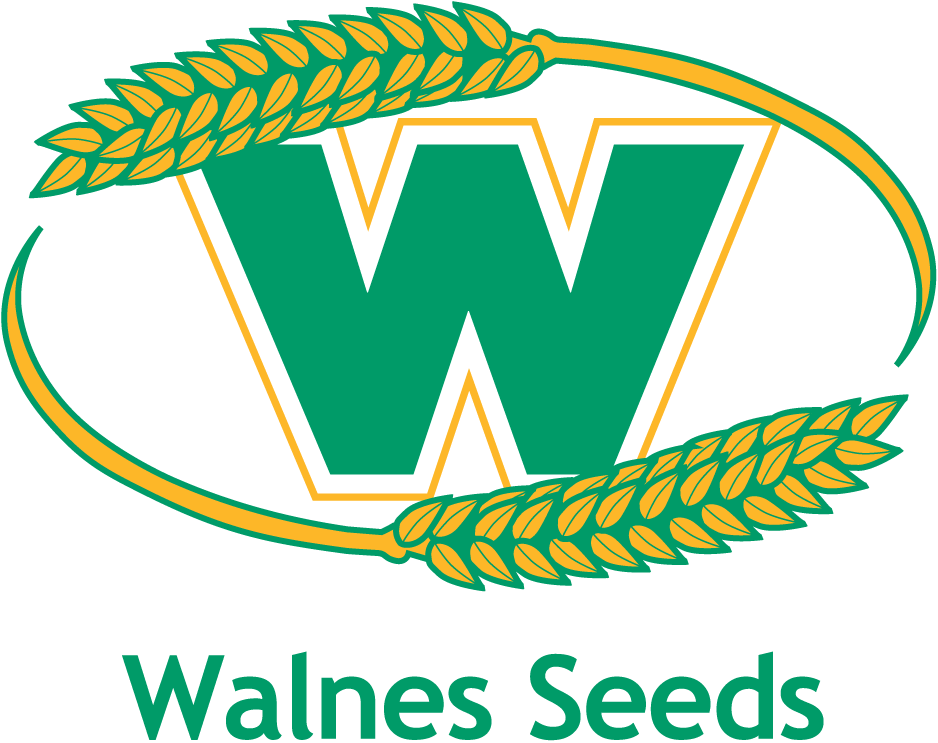Overseeding Grassland
Grassland will naturally lose productivity over time. An effective way of to rejuvenate it is to overseed it. We can provide advice on how best to improve existing leys and tailor mixtures and seed rates aimed at boosting productivity and sward longevity.
Monitor Yield
- Grass leys should be monitored annually to ensure high yields of good quality forage are consistent.
- If values are declining, then it’s worth considering a planned overseeding programme.
Situation Specifics
- The varieties selected for overseeding should the situation and have potential to meet cutting/grazing objectives.
- Hybrid ryegrasses are preferable with specialist cutting leys as they are vigorous, establish well and are more persistent than Italian Ryegrass varieties.
- For dual purpose leys, hybrids or tetraploid perennial ryegrasses are reliable.
Which grass varieties should I use?
For specialist cutting leys, Hybrid ryegrasses are preferable. They are vigorous to establish and are more persistent than Italian Ryegrass. For dual purpose leys, Hybrids or tetraploid perennial ryegrasses are more reliable.
Golden Rules
- Don’t leave grassland to reach very low levels before overseeding. Remember, maximising average annual production is key.
- Have a planned approach to overseeding, monitoring leys to ensure high yields of good quality forage are produced.
- Choose the right variety to sow for your situation.
Overseeding Mixtures

Dual Purpose Overseeding
Dual purpose overseeding mixtures are designed to improve a medium to longterm cutting and grazing ley. As shown a clover mixture is also available.
| 35% Hybrid Ryegrass | (T) |
| 30% Intermed. Perennial Ryegrass | (T) |
| 35% Late Perennial Ryegrass | (T) |
Recommended sowing rate 10 kg/acre

Dual Purpose Overseeding with Clover
Dual purpose overseeding mixtures are designed to improve a medium to longterm cutting and grazing ley. As shown a clover mixture is also available.
| 35% Hybrid Ryegrass | (T) |
| 30% Intermed. Perennial Ryegrass | (D) |
| 30% Late Perennial Ryegrass | (D) |
| 10% White Clover Blend |
Recommended sowing rate 10 kg/acre

Grazer Overseeding
Grazer overseeding mixtures are designed for improving quality of
medium to long-term grazing leys. Using tetraploid perennials which are favourable for grazing.
| 40% Intermed. Perennial Ryegrass | (T) |
| 30% Late Perennial Ryegrass | (T) |
| 30% Late Perennial Ryegrass | (T) |
Recommended sowing rate 10 kg/acre

Grazer Overseeding with Clover
Grazer overseeding mixtures are designed for improving quality of
medium to long-term grazing leys. Using tetraploid perennials which are favourable for grazing.
| 40% Intermed. Perennial Ryegrass | (T) |
| 25% Late Perennial Ryegrass | (T) |
| 25% Late Perennial Ryegrass | (T) |
| 10% White Clover Blend |
Recommended sowing rate 10 kg/acre
